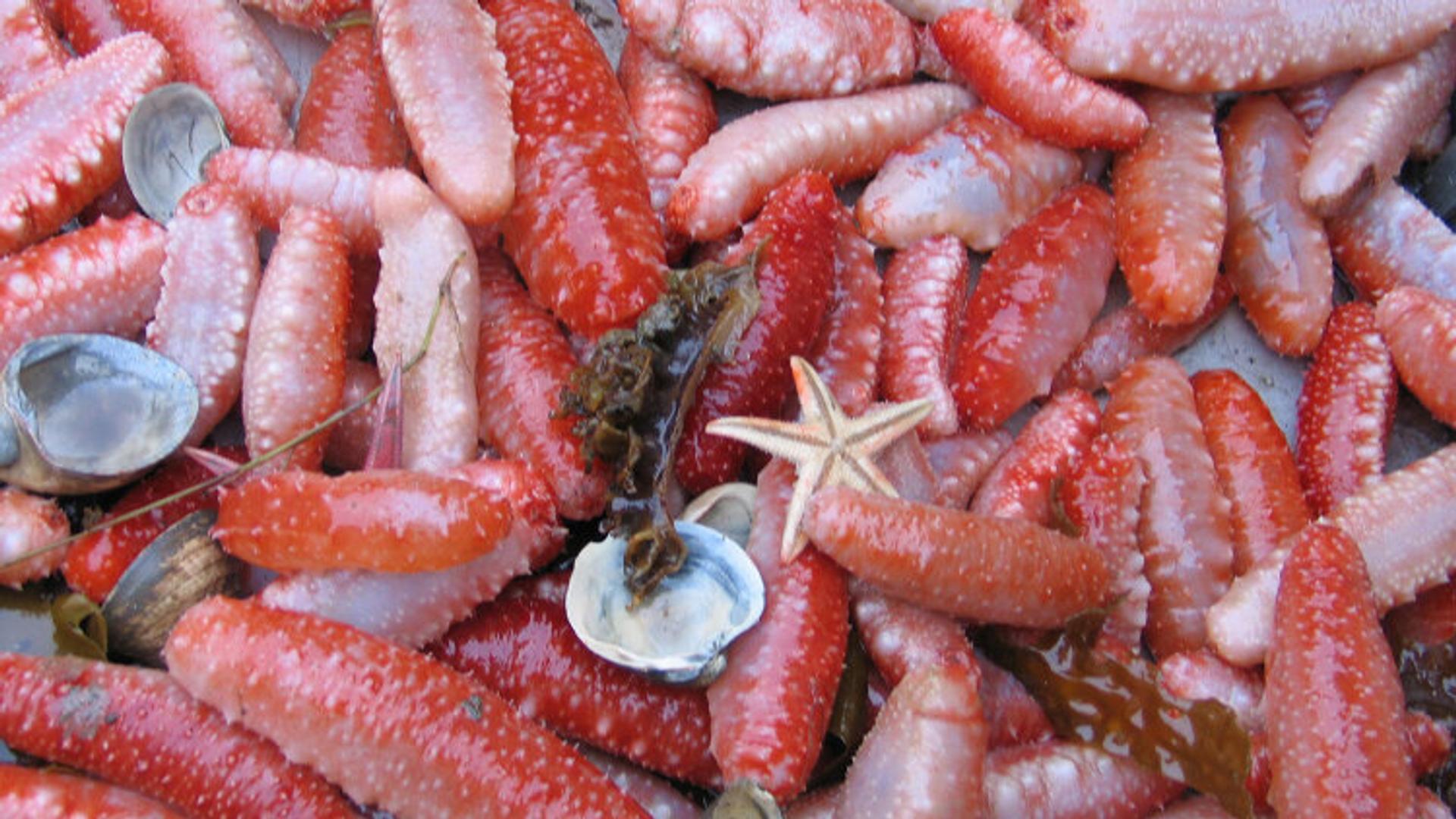How Norwegian sea cucumber can conquer the world

Norway is a world-leading seafood nation, with exports of over USD 10 billion annually. Norwegian fish and shellfish have become sought-after ingredients for discerning and ecologically-minded seafood lovers and chefs around the globe.
Soon salmon, cod and red king crab may be joined by a new export success: the Norwegian red sea cucumber.
Sea cucumbers are echinoderms, like sea urchins and starfish. Although sea cucumber is not widely consumed in the Western world, there is tremendous demand in a number of Asian countries. In China, for instance, certain species of sea cucumber can sell for up to USD 1 000 per kg. Sea cucumbers flourish along the entire Norwegian coastline, so this is an opportunity that Norway has to grasp, exhorts Margareth Kjerstad, who is a research manager and sea cucumber expert at the Møreforsking research institute in Norway.
There are about 70 species of sea cucumber sold commercially on the international market. Increasing demand, higher prices and reduced access is leading to growing interest in new species of sea cucumber.
"Norwegian red sea cucumber is a very good alternative,” says Kjerstad.
Sea cucumber is a very healthful food. Rich in protein, calcium, vitamins, polysaccharides and beneficial fatty acids, the sea cucumber is often called the “ginseng of the sea” for its health-promoting properties. The species that is most relevant for export is Parastichopus tremulus, or Norwegian red sea cucumber.
“Norwegian companies have received excellent feedback on the size, taste and nutritional content of the red sea cucumber. It fits nicely into the mid-range segment of the Chinese market.”
Margareth Kjerstad
Research manager, Møreforskning
Research on new harvesting and cultivation methods
At Møreforskning, Kjerstad is working to establish a research programme for commercial utilisation of the Norwegian red sea cucumber. The objective is to build up considerable commercial activity for the use of sea cucumber in food, nutritional supplements and medicines in the course of five to eight years. A few companies, such as Eir of Norway, have already started exporting Norwegian red sea cucumber to China and other markets. Kjerstad points out that there are still several bottlenecks to escalating production and export.
“Volume is the greatest challenge. In order to protect the seabed ecosystem, the Norwegian Directorate of Fisheries has prohibited the use of trawlers in coastal areas, where the highest concentration of sea cucumber is found. A number of Norwegian companies are therefore working to develop new, environment-friendly technology for harvesting sea cucumber. Trials have come far and the technology appears to be very promising,” she explains, but cannot go into further detail because the companies are in a vulnerable stage of development.
One company that could potentially play a role in expanding sea cucumber production is ECOFANG, which has developed an environment-friendly harvesting technology with remote-controlled drones. The company is currently using the technology for harvesting wild sea urchins, but it is also ideal for harvesting sea cucumbers. This is precisely the type of technology that could enable sustainable, large-scale sea cucumber production.

Aquaculture is another potential alternative, but development is in its infancy.
“There is more we need to learn about the biology of the red sea cucumber. We have come to the stage where we can get it to spawn in captivity. The objective is to continue studying its development, from fertilisation to settling on the ocean floor and further growth. To achieve this objective, research activities must be focused on smolt production and obtaining access to broodstock that produce good eggs, as well as on facilities for the various life stages. This new knowledge will enable us to assess whether hatchery-based production of red sea cucumber is a commercially interesting method for developing a new segment of the seafood industry,” she says.
Norwegian sea cucumber companies are not necessarily aiming to export the largest volume possible, but rather to carve out a position for red sea cucumber as a sustainable, high-quality product. Norwegian sea cucumbers can be sold live, fresh, frozen, or processed as cleaned, dried sausages or powders and extracts.
And although the main markets are currently in Asia, Kjerstad does not see why Europeans cannot eat more Norwegian red sea cucumber.
“The taste is relatively neutral, so it shouldn’t be too difficult to get more people to eat it. We already see a demand among Norwegian seafood restaurants where diners are interested in local, sustainable raw ingredients.”
Kjerstad says there is good reason to keep an eye on the Norwegian red sea cucumber.
“I think a lot will happen in the course of 2020,” she concludes.

